Greenhouses have become popular in recent years, as more people want to grow their own fresh produce and flowers. However, maintaining the ideal growing conditions can be challenging, especially when it comes to monitoring and adjusting the temperature, humidity, and air pressure. In this article, we will explore how greenhouse automation using Ruuvi’s wireless Bluetooth sensor can help you achieve optimal growing conditions.
What does greenhouse automation mean?
Greenhouse automating refers to the use of technology and automation to manage and control various processes in a greenhouse. This can include the use of sensors, actuators, and computer systems to regulate temperature, humidity, lighting, irrigation, and fertilization in the greenhouse.
By automating these processes, growers can optimize plant growth, reduce labor costs, and improve yields. For example, automated irrigation systems can ensure that plants receive the correct amount of water at the right time, while automated climate control systems can maintain a consistent environment for optimal plant growth.
Overall, greenhouse automating is a growing trend in agriculture as it allows for more efficient and sustainable production of crops.
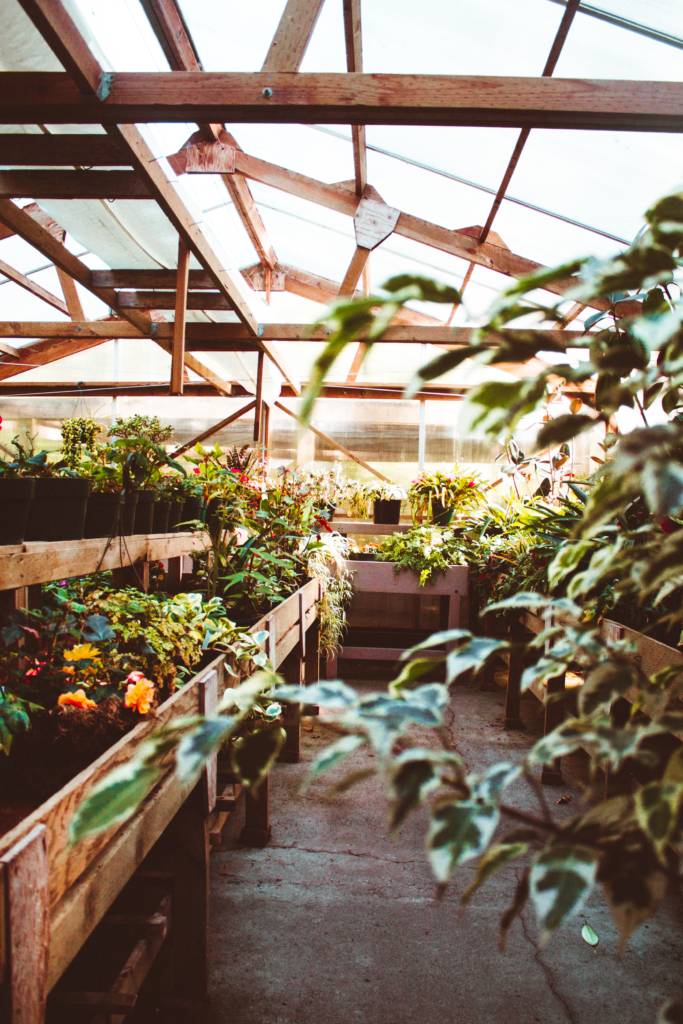
What are the main variables to monitor in an automated greenhouse?
There are several important variables in greenhouse automation that need to be monitored and controlled in order to ensure optimal plant growth and productivity. The most important variables include:
Temperature: The temperature inside the greenhouse needs to be carefully regulated, as plants require a specific range of temperatures for optimal growth. Automated systems can adjust the temperature by controlling heating, cooling, and ventilation systems.
Humidity: Humidity levels inside the greenhouse can affect plant growth and susceptibility to diseases. Automated systems can control humidity levels through the use of misting systems and fans.
Light: Light is an essential factor for plant growth, and automated systems can be used to adjust lighting levels, duration, and intensity to optimize plant growth.
Irrigation: Plants require a specific amount of water, and automated irrigation systems can be used to ensure that plants receive the right amount of water at the right time.
These variables are the main ones to optimize but also other variables matter in optimal plant growth. These include for example carbon dioxide (CO2) levels and fertilizer levels.
The benefits of greenhouse automation using Ruuvi’s Bluetooth sensor
Greenhouse automation using Ruuvi’s Bluetooth sensor can save you time, effort, and money while ensuring optimal growing conditions. The sensor is easy to install and use, and it provides real-time data on temperature, humidity, and air pressure. With this information, you can make informed decisions about adjusting the growing conditions and avoid the risk of plant damage or failure.
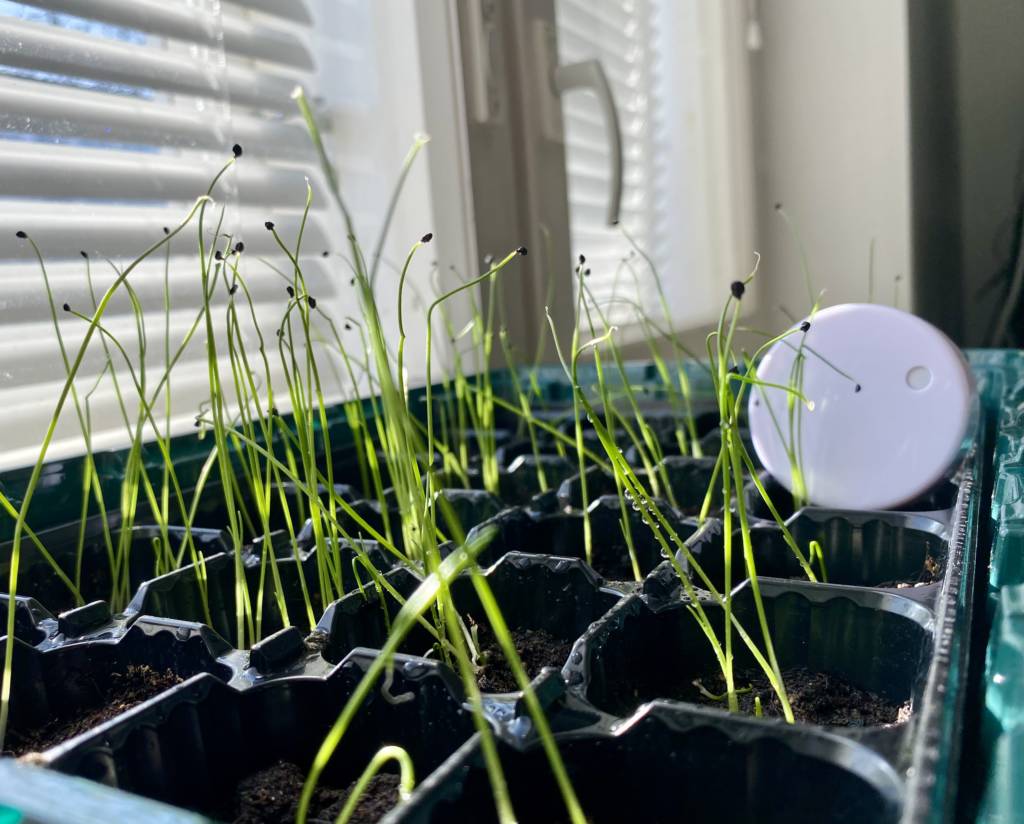
RuuviTags are weatherproof (IP67), accurate, reliable and their battery life is usually 12-24 months. In greenhouse conditions, the battery life tends to be close to 24 months or even above. RuuviTags function with an open source principle, which means they are easy to incorporate into greenhouse automation softwares. In addition to their versatility, they are easy to use for even a beginner who wants to manually adjust their greenhouse.
How Ruuvi’s Bluetooth Sensor Works
Ruuvi’s Bluetooth sensor is a wireless device that uses Bluetooth technology to connect to your smartphone or tablet. The sensor measures temperature, humidity, and air pressure and sends the data to your device via Bluetooth. You can set up alerts and notifications to alert you when the growing conditions fall outside the optimal range.
The alerts are personalized by the user. You can set the temperature alert to be from 18 ॰C to 25 ॰C. If the temperature measurement either is too low or too high, you will be notified and you can check up on the thing causing the temperature to change. In an automated greenhouse, the sensor data controls some sort of physical movement and in this example it can open or close the ventilation to adjust temperature.
Installing Ruuvi’s Bluetooth Sensor in Your Greenhouse
Installing Ruuvi’s Bluetooth sensor is easy and straightforward. First, you need to download the Ruuvi Station app to your smartphone or tablet. Then, you need to place the sensor in your greenhouse and connect it to the app via Bluetooth. Once the sensor is connected, it will start sending data to your device in real-time.
Alternatively, you can collect the RuuviTag data with Ruuvi Gateway which will relay the Bluetooth data to Ruuvi’s cloud service. With Ruuvi Gateway, you don’t have to worry about staying in Bluetooth range because all the measurements are now available to you online.
Thirdly, you can collect measurement data on third party devices, such as Raspberry Pi or Arduino and then relay this information on your private server. Or you can use the other devices to automate your greenhouse completely.
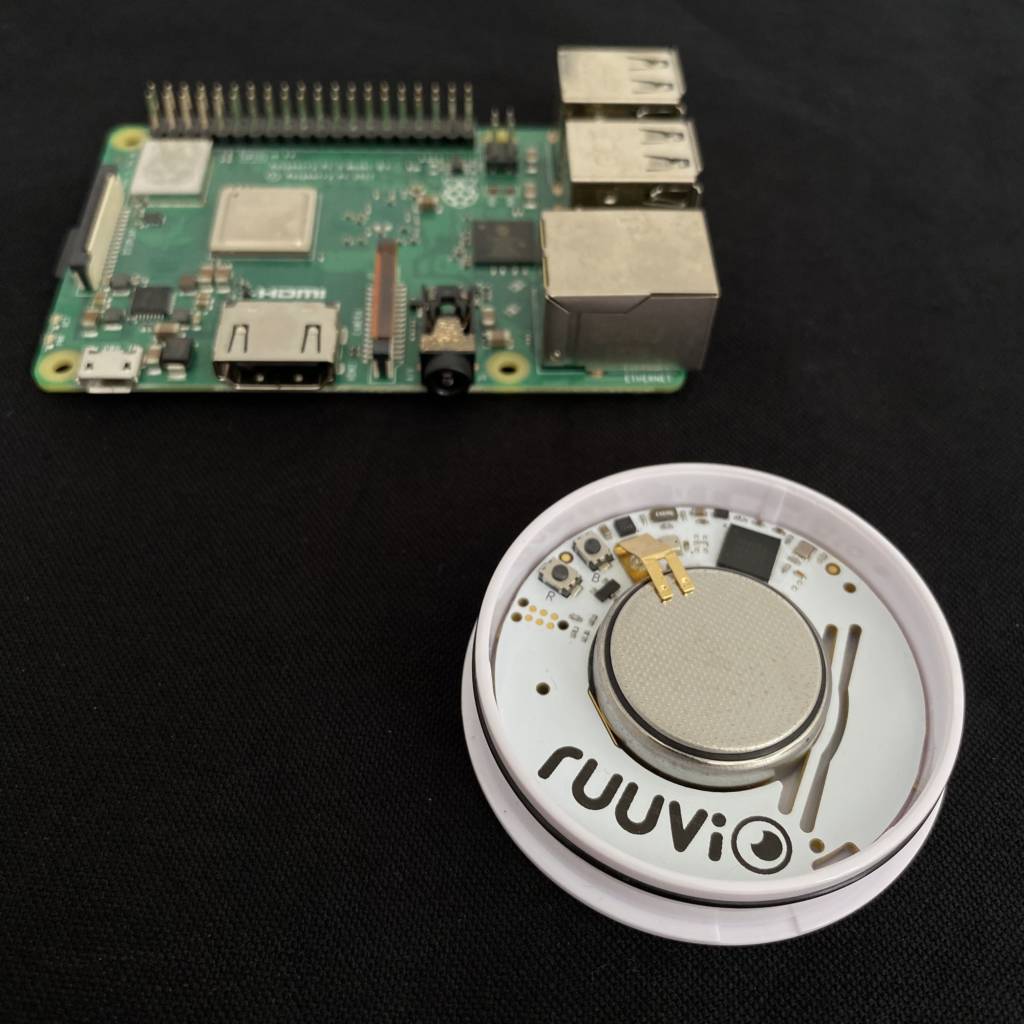
Optimizing Your Growing Conditions with Ruuvi’s Bluetooth Sensor
Once you have installed the sensor, you can start monitoring the temperature, humidity, and air pressure in your greenhouse. You can use this information to adjust the growing conditions to ensure optimal plant growth. For example, you can turn on the ventilation system if the temperature gets too high and when the humidity starts to get too low, you know when to close the ventilation.
Ruuvi is a great tool to be incorporated into a well functioning automated greenhouse.
How does greenhouse automation enhance growing conditions?
As said, greenhouse automation optimizes growing conditions by monitoring and controlling key environmental factors that impact plant growth. Here are some ways in which greenhouse automation helps optimize growing conditions:
Consistent environment: Automated systems can maintain a consistent environment inside the greenhouse, with precise control over temperature, humidity, and lighting. This allows for more predictable plant growth and reduces stress on the plants.
Efficient use of resources: Automated irrigation systems can be programmed to deliver precise amounts of water to each plant, reducing water waste and ensuring that plants receive the optimal amount of water for growth. Similarly, automated fertilizer systems can provide plants with the nutrients they need, reducing waste and increasing efficiency.
Faster response to changing conditions: Automated systems can detect changes in the environment and adjust growing conditions in real-time. For example, if the temperature rises above a certain threshold, the automated climate control system can turn on the cooling system to maintain the desired temperature range.
Improved plant health: Automated systems can monitor plant health, detecting early signs of disease or nutrient deficiencies before they become a problem. This allows growers to take corrective action more quickly, reducing crop losses and improving overall plant health.
Reduced labor costs: By automating many of the tasks involved in managing a greenhouse, growers can reduce labor costs and increase efficiency. This allows them to focus on other aspects of their business, such as marketing and sales.
Enhancing Your Greenhouse Automation with Ruuvi’s Additional Features
Ruuvi’s Bluetooth sensor comes with additional features that can enhance your greenhouse automation. For example, you can set up a data logger to record the growing conditions over time, which can help you analyze and optimize your growing conditions. You can also connect the sensor to other smart devices, such as a smart thermostat, to create a fully automated greenhouse system.
RuuviTag also has an accelerometer, which you can use to examine positions of certain objects. The accelerometer is three dimensional, which means that the gravitational force of the earth creates a force of 1G to the sensor all the time. So, if the RuuviTag turns within its axel, you could examine for example for how long a door has been open.
Conclusion
Greenhouse automation using Ruuvi’s Bluetooth sensor is a game-changer for greenhouse growers. With this wireless device, you can monitor and adjust the temperature, humidity, and air pressure in real-time, which ensures optimal growing conditions and plant health. Installing the sensor is easy, and it comes with additional features that can enhance your greenhouse automation.
If you’re looking for a simple but reliable and easy-to-use greenhouse automation system, Ruuvi’s Bluetooth sensor is an excellent choice. But it’s also a great choice for professional greenhouse automation, as it is really accurate, durable and it functions with open source making it easy to add into almost any system.
Buy RuuviTag to Your Greenhouse Now
With wireless RuuviTag, starting greenhouse automation has never been easier.
39,90€
Ruuvi is based in Finland. If you’re an EU consumer, VAT is included. If you’re a non-EU customer, you don't pay VAT. If you're an EU business, insert your VAT ID at checkout.
In stock
RuuviTag Sensor (4in1)
| 5 star | 89% | |
| 4 star | 11% | |
| 3 star | 0% | |
| 2 star | 0% | |
| 1 star | 0% |
RuuviTag Sensor (4in1)
| Quantity | Unit Price(€) |
|---|---|
| 1 | 39,90 |
| 2 | 37,40 |
| 3-5 | 36,90 |
| 6-8 | 35,90 |
| 9-12 | 34,90 |
| 13-25 | 33,90 |
| 26-99 | 32,90 |
Are you looking for bigger quantities? Contact us for pricing.
FAQ
What are the benefits of greenhouse automation?
Greenhouse automation has many benefits. It optimizes the plant growth making the yields bigger, they use less resources, and usually can avoid really harmful conditions that could damage the plants.
What are different types of automated greenhouse control systems?
There are all kinds of greenhouse automation control systems. For beginners, Ruuvi offers a great product to manually optimize your greenhouse or to be incorporated into a bigger system. There are also professional greenhouse automation control systems that are expensive but usually they are completely ready to use systems. Also there are different types of systems made to tackle different problems in greenhouses such as climate control systems, lighting systems, irrigation systems and fertilization systems.
What is the best greenhouse automation sensor?
RuuviTag is the best greenhouse automation sensor as it is durable, accurate, affordable and integratable. It comes with a good mobile application and with a WiFi router, Ruuvi Gateway, you will get a comprehensive online user interface.
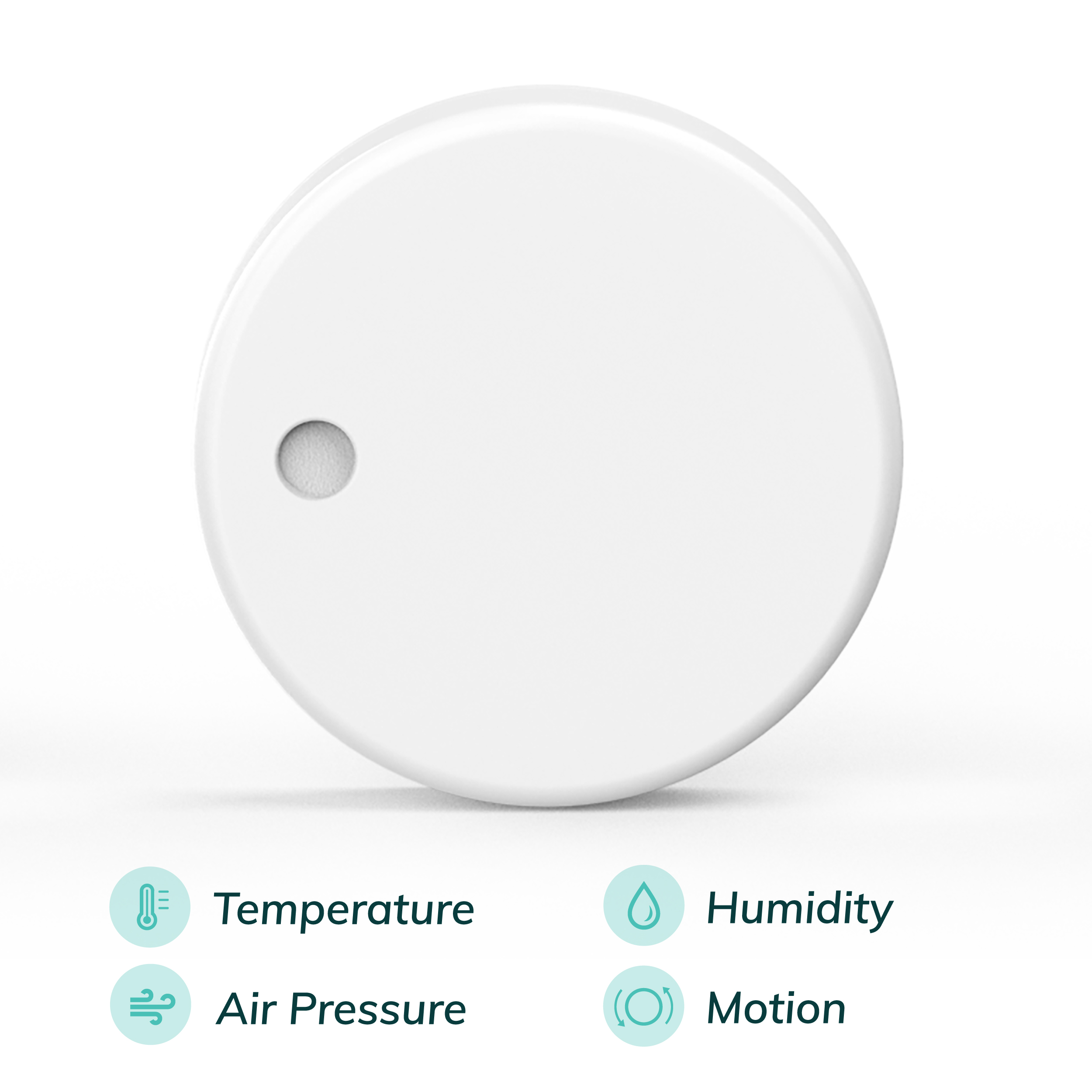
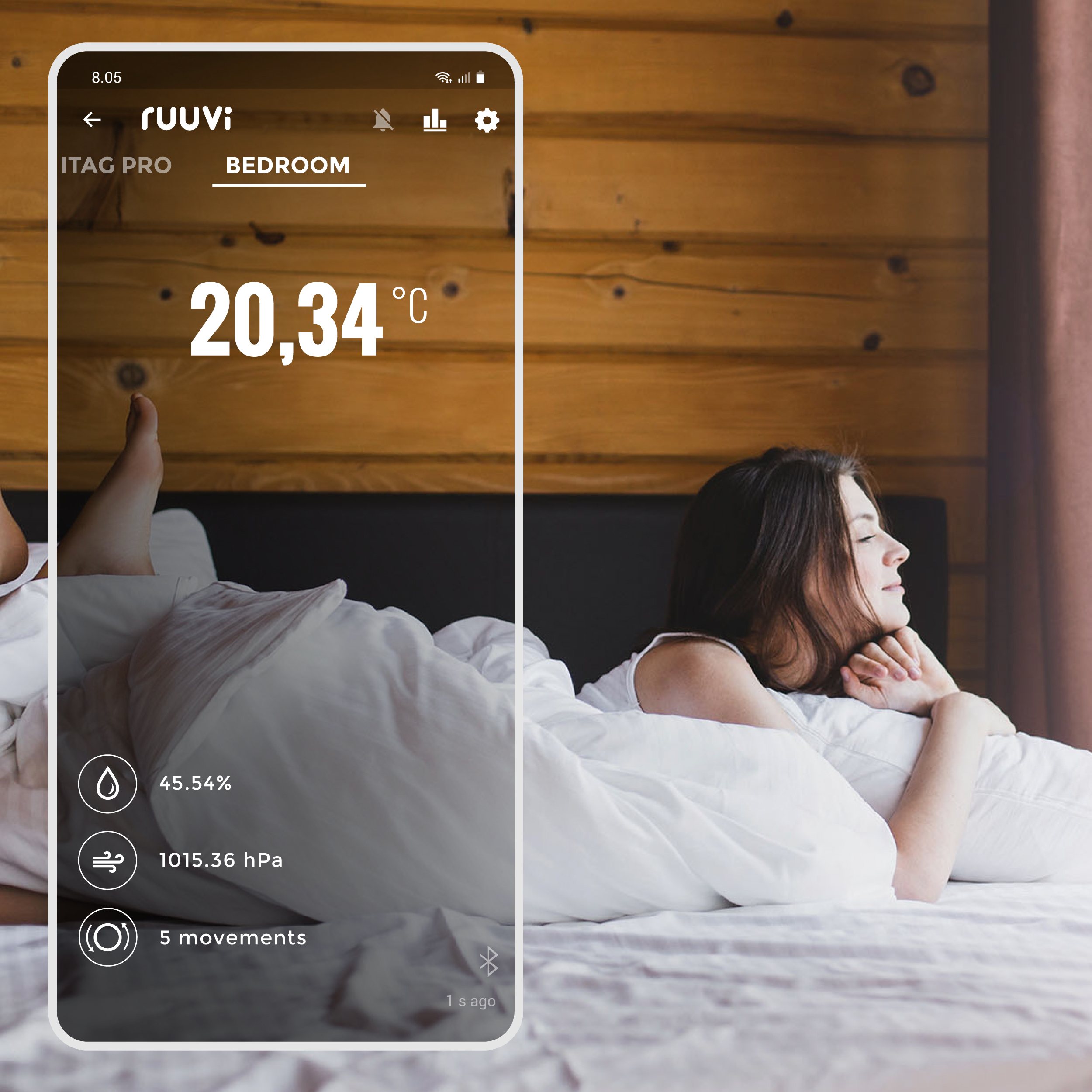
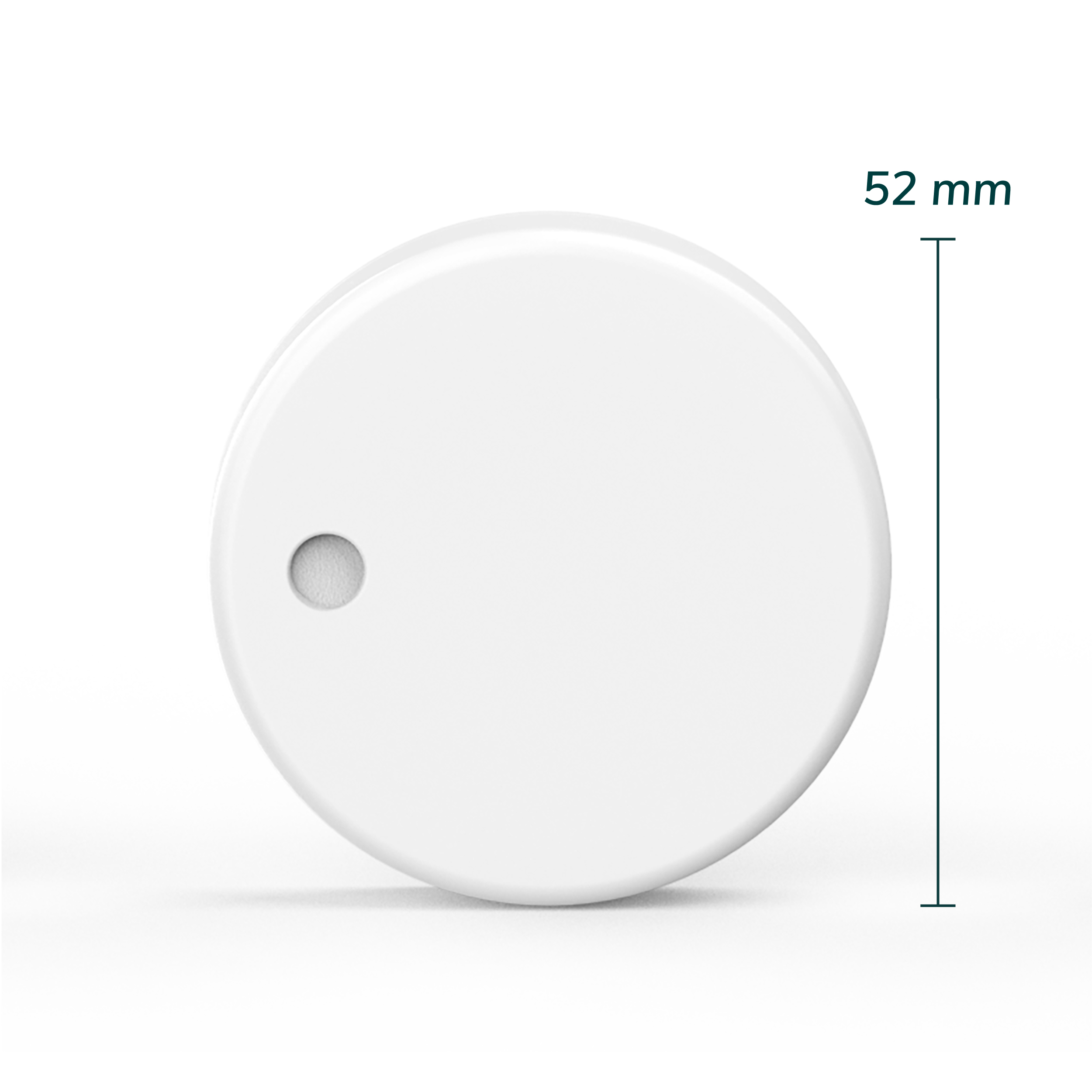
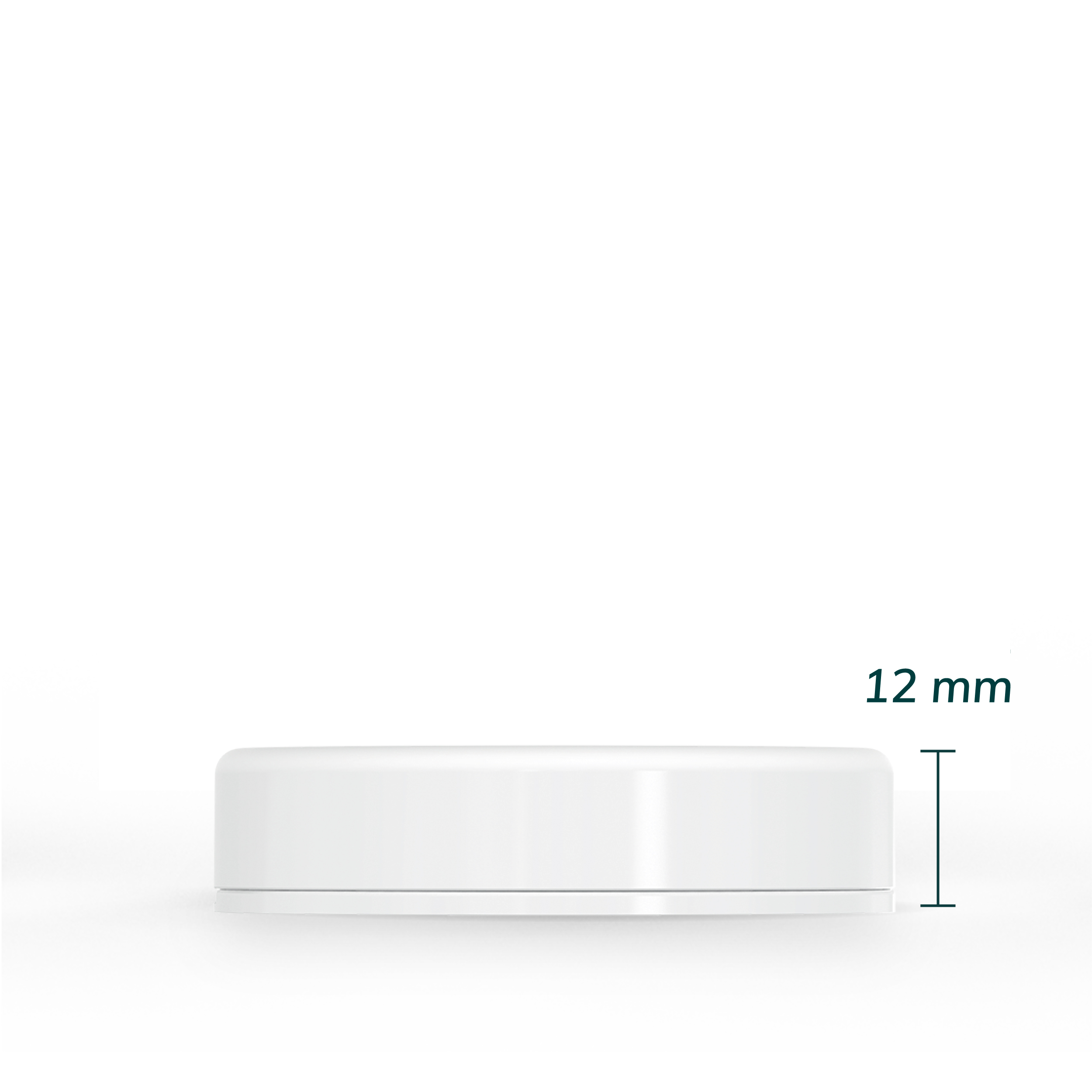
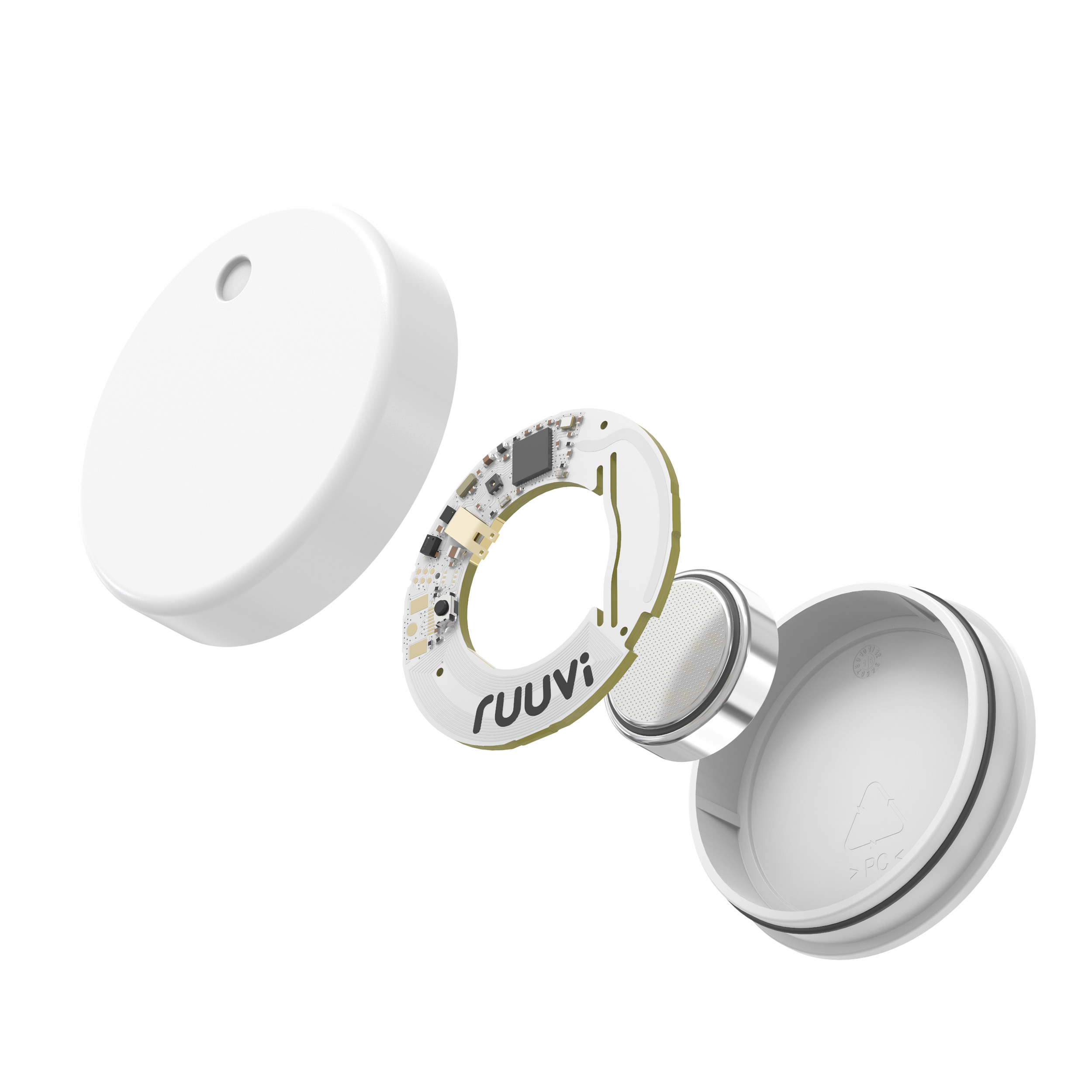
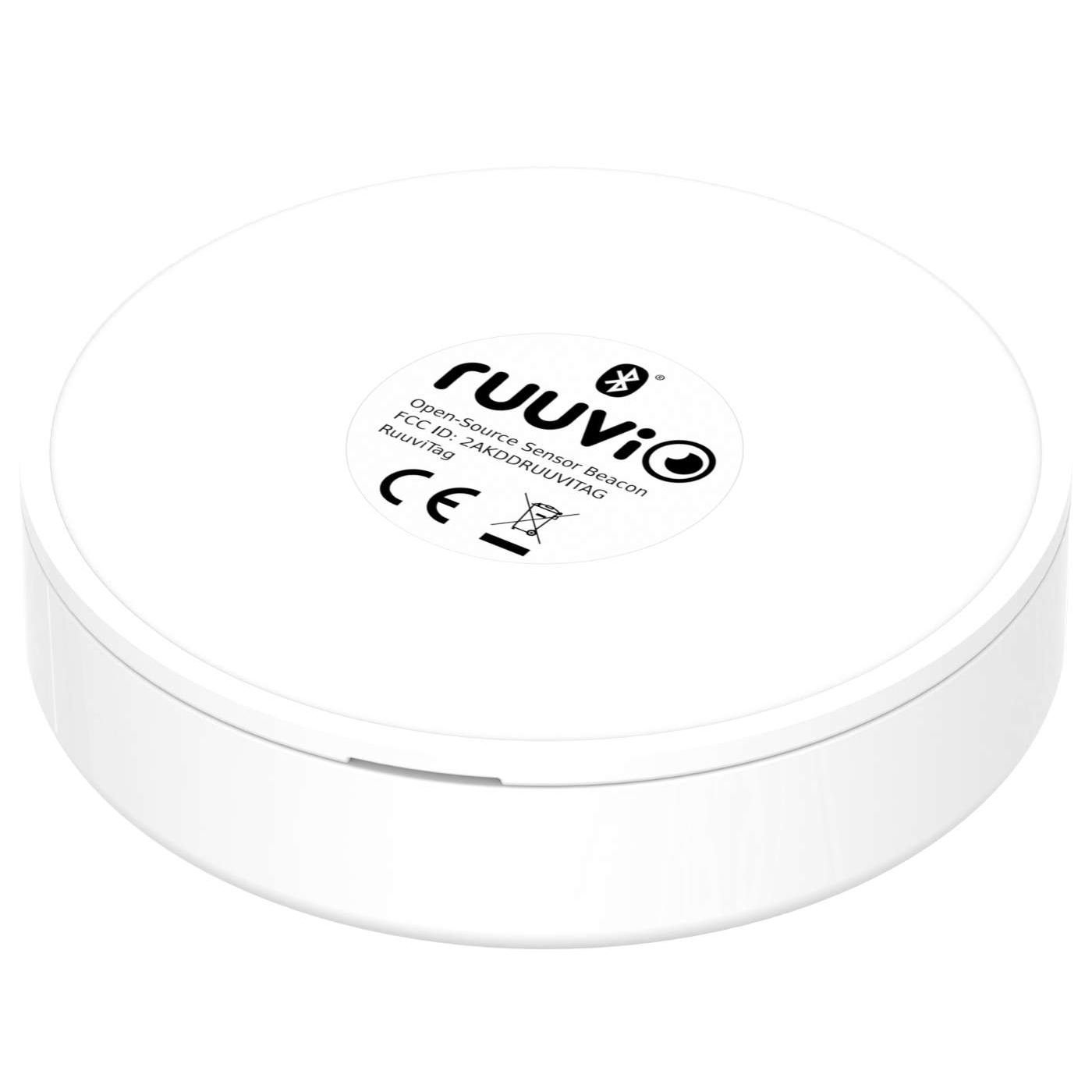
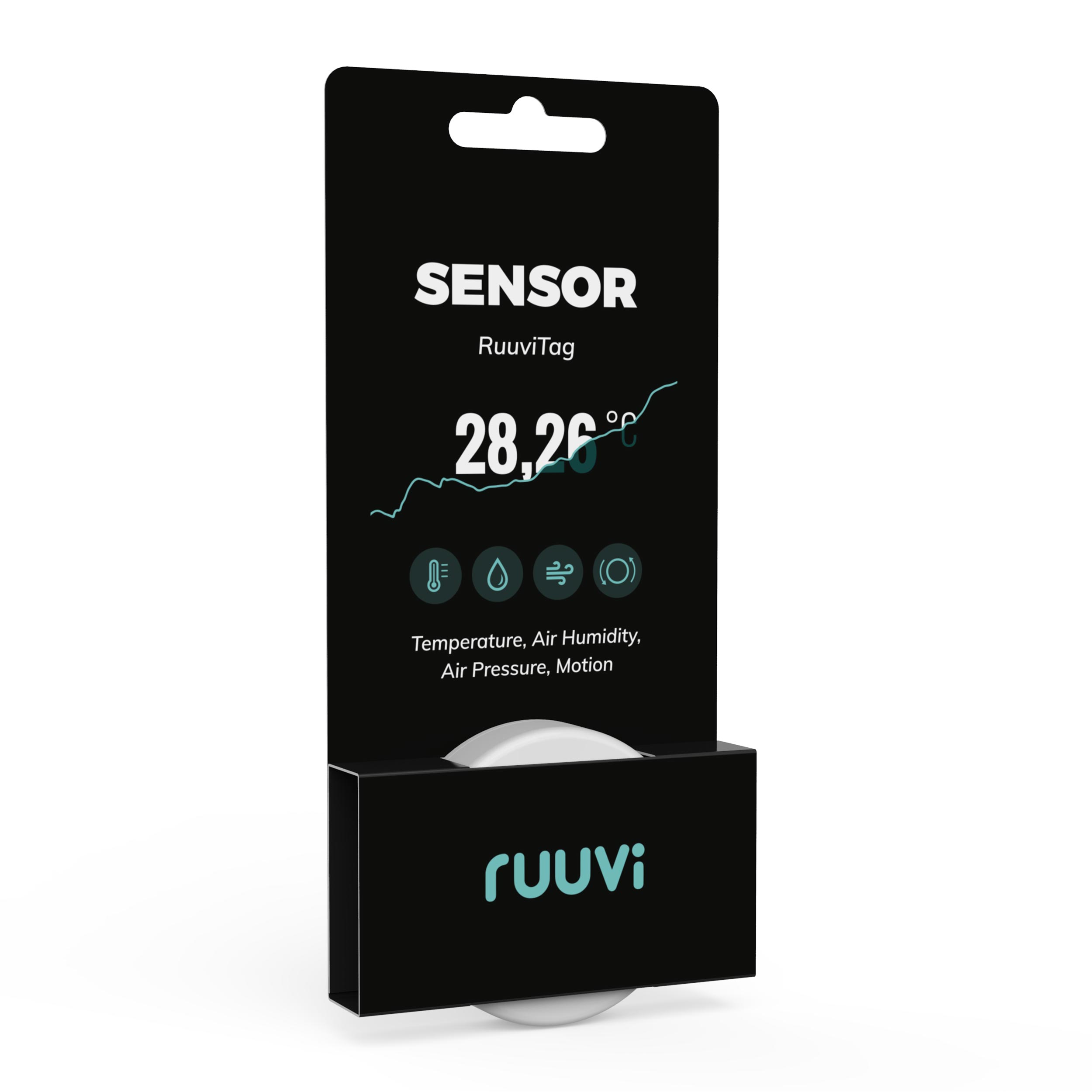
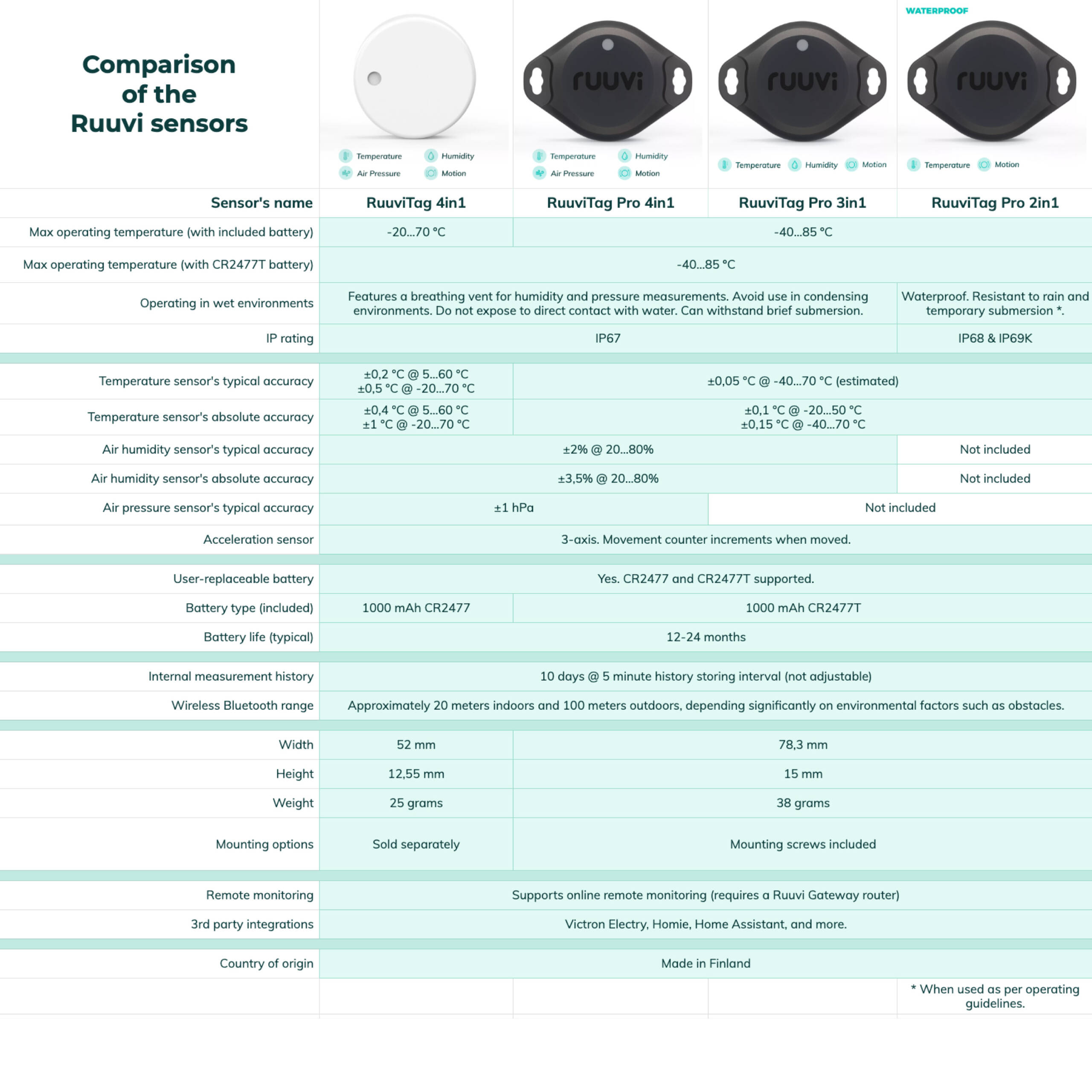
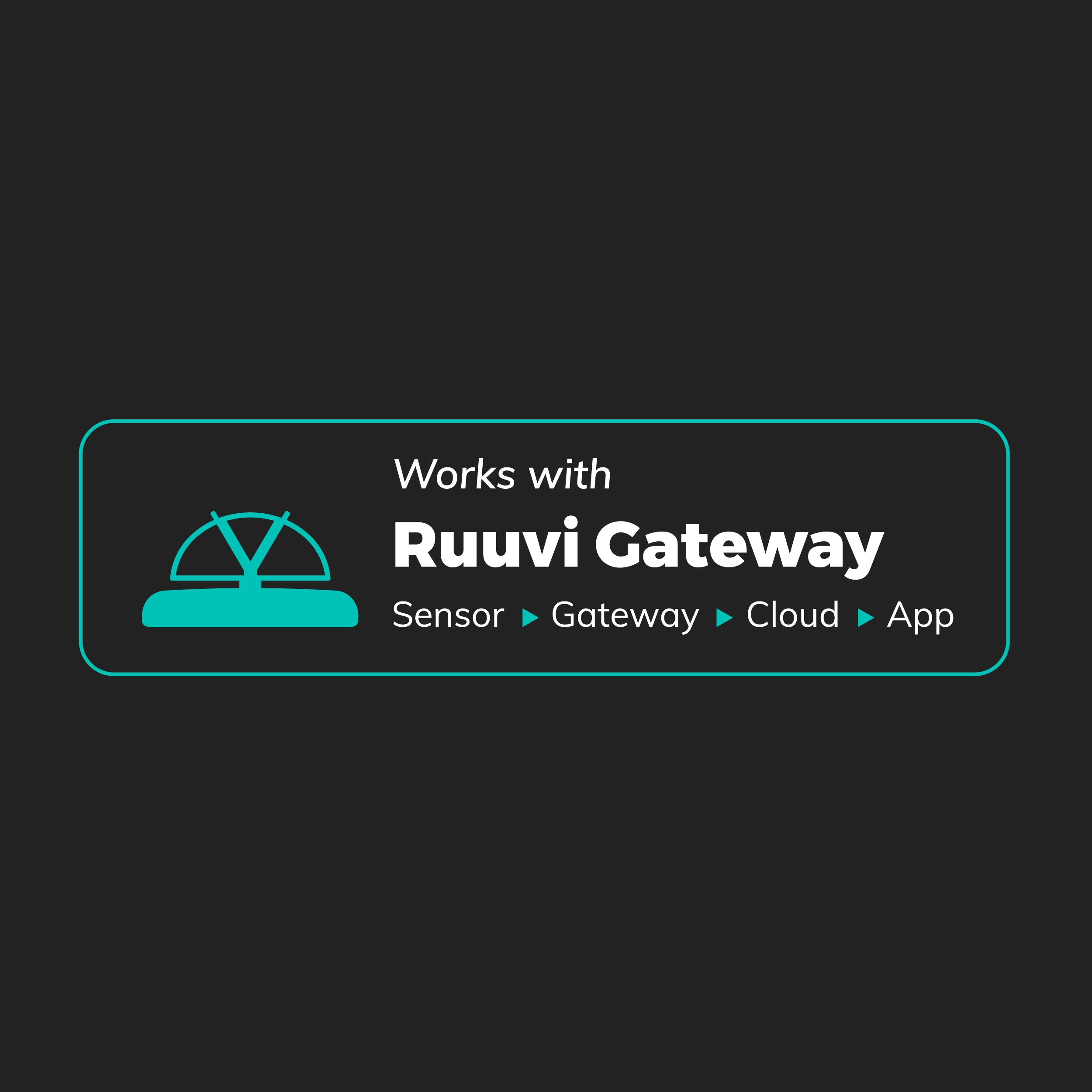
I have been a loyal user of the RUUVI products for years, and I couldn’t be happier with their quality and performance. Recently, when I faced an issue on my last shopping, the company’s support team went above and beyond to help me. Their dedication and personal follow-up truly impressed me and reinforced why I trust and recommend RUUVI so highly. If you want a reliable and innovative product, look no further than RUUVI. Highly recommended!
A tremendous little sensor that just works. The data it provides is consistently reliable, and the battery life has been excellent. I now have several of them dotted around the house — and also in the motorhome — and they’ve all been rock-solid. Whether I’m checking temperature, humidity, or movement, they report instantly and have never let me down. A simple, dependable sensor that does exactly what it promises.
I have a Ruuvi tags all around my house, they are great and have amazing integrations with Victron and Home Assistant makes these the most amazing environmental house montioring tool ever!
reliable works as advertised
Works extremely well, and seamlessly with both the Ruuvi iPhone app and Ruuvi Gateway.